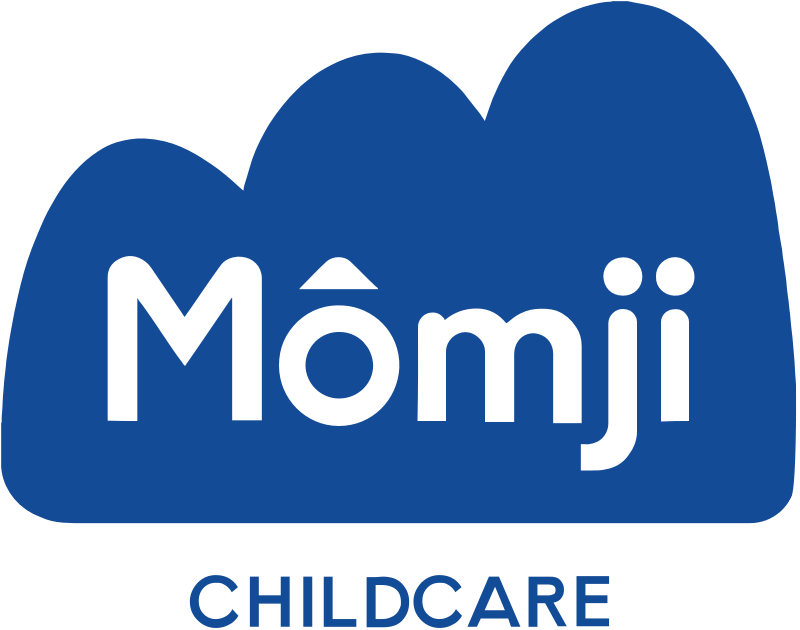Children, when they are young, find it difficult to manage their emotions. It is therefore necessary to know how to accompany them in these difficult moments for them (and for you). Not managing frustration can lead to tantrums: screaming, hitting, throwing themselves on the floor... which leaves adults a bit lost . As a nanny, you need to know how to react to this type of behavior, which is usually the result of an opposition phase that is quite natural to the child's development.

Reasons for anger
From 18 months onwards, children become aware of their individuality, they realize that they are capable of making decisions. They want to feel that they exist by themselves. On the other hand, they are going through many changes, emotions that they are unable to express and that overwhelm them.
Their only way of making it clear that there is a problem is to throw a tantrum. What the Anglo-Saxon countries call the "Terrible Two" because of its appearance around the age of 2, can go on until the age of 3 or 4.
It must be taken into account that the brain of the little ones is not yet mature at this age. It is still developing. The child does not understand that it cannot do everything it wants to do when it wants to. Confrontations can therefore be recurrent.
Calm and patience
First of all, you have to remain very calm in the face of crises. Being confrontational and forbidding does not work. The same goes for raising your voice, which will only aggravate the situation. The more you shout, the more the child will shout.
Get down to the child's level and talk to him/her. Explain that anger can be a confusing feeling but that anyone can be angry. Name the emotion "I know you're angry" without insisting because the child cannot hear you at that moment. Let the child be angry without intervening (but stay in the child's line of sight so as not to worry him/her).
On the other hand, if the child hits you, you must be very firm and remind them of the rules: hitting is not allowed. You can tell the child to hit a cushion or a large stuffed animal if he/she needs it.
When the crisis is over, you can take the child in your arms to calm him/her down, give him/her a glass of water, teach him to blow to regain control of his emotions. This is also a very stressful situation for the child.
Reminding them of the framework
It is very important not to give in to a tantrum. Even if you are in the park, in the supermarket and the child is screaming at the top of his lungs and everyone is looking at you. The others are not your problem. If you give in once, the child will do it again, hoping that you will give in again.
Instead of insisting for hours on a subject, "put your shoes on", "we're going to have a bath", "dinner is ready"... try to understand the reasons why the child is throwing a tantrum. He may be stressed, tired, afraid... Try to reassure him.
To avoid crises, it is important to follow a routine. A framework reassures children, they need it for their development. So think about establishing rules from the start and remind the child of them regularly.
You can also divert his attention so that the subject of his crisis is no longer on his mind. This can be anything: a plane in the sky, a nice leaf on the ground, a toy that seems to be misplaced, a book you could be reading...
Whatever it is, always remain calm and caring.




